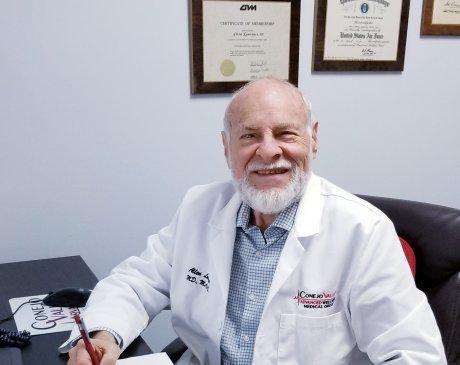- 21103 Vanowen St Woodland Hills, CA 91303 | Call us today!
- 310-879-9266
10 Facts About Bio-Identical Hormone Replacement Therapy (BHRT)

2.
The hormones used in Bio-Identical Hormone Replacement Therapy (BHRT) include estrogen (Estradiol), progesterone, testosterone, DHEA (dehydroepiandrosterone), and thyroid hormones (if needed).
3.
Bio-Identical Hormone Replacement Therapy (BHRT) may carry similar risks as conventional HRT, including blood clots and increased risk of certain cancers, however, apparently much less likely.
4.
All HRT, including Bio-Identical Hormone Replacement Therapy (BHRT), should only be pursued under the guidance of a qualified healthcare professional.
5.
Thyroid hormones, such as T3 and T4, are sometimes used in Bio-Identical Hormone Replacement Therapy (BHRT) to address thyroid disorders.
6.
Compounded Bio-Identical Hormone Replacement Therapy (BHRT) preparations can be tailored to individual needs, offering more flexibility than standardized pharmaceutical dosing.
7.
Bio-Identical Hormone Replacement Therapy (BHRT) may take time to show results, and individuals may need to adjust their expectations accordingly.
8.
Bio-Identical Hormone Replacement Therapy (BHRT) may offer more individualized treatment options for women seeking hormone therapy.
9.
Patients considering Bio-Identical Hormone Replacement Therapy (BHRT) should be cautious of exaggerated claims or promises of a “fountain of youth” but be aware of the value of HRT in slowing down the aging process.
10.
As research advances, Bio-Identical Hormone Replacement Therapy (BHRT)’s role in managing hormonal imbalances and associated symptoms becomes clearer and clearer.

Article by Dr. Allen Lawrence, M.A., M.D., Ph.D.




